Get PeakVisor App
Sign In
Search by GPS coordinates
- Latitude
- ° ' ''
- Longitude
- ° ' ''
- Units of Length

Yes
Cancel
Share ×

Scan the QR code and open PeakVisor on your phone
❤ Wishlist ×
Choose
Delete
Haute-Savoie is a governmental department in the Western Alps of Southeastern France. It forms the north-western boundary of the Auvergne-Rhône-Alpes region and shares a border with Italy and Switzerland. Annecy is the prefecture, while Chamonix is indisputably the most famous - or should we say infamous - mountain town in the world. There are 1,215 named peaks within the Haute-Savoie, France's most heavily glaciated department. The Mont Blanc Massif is the home of Mont Blanc (4,808 m / 15,774 ft), the tallest and most prominent (4,696 m / 15,407 ft) peak in the region and western Europe.

The population of Hautes-Savoie is about 850,000, spread over an area of 4,388 sq km (1,694 sq mi). Annecy, the prefecture, is the largest city with 130,000 denizens. Only seven towns have more than 15,000 people; most residents live in small communities. The department houses 279 independent communes.
Among all the departments in France, Haute-Savoie boasts the highest range of elevation, spanning from 250 meters (820 ft) in the Rhône Valley to the Mont Blanc (4,808 m / 15,774 ft).
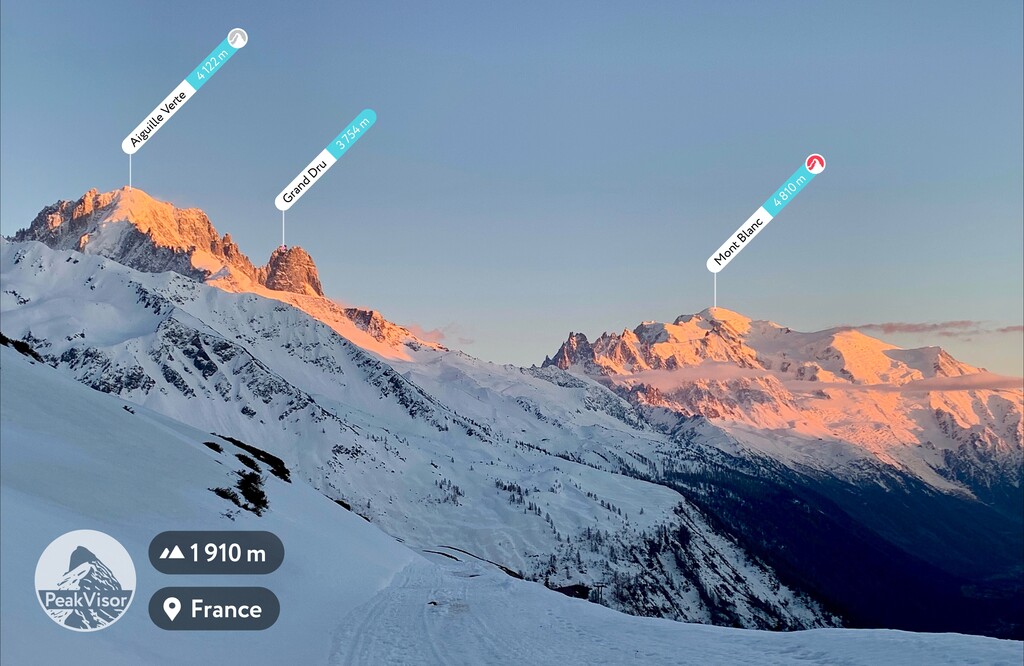
Natural spaces, including mountains, forests, valleys, and lakes, define the Haute-Savoie. Historically, the region’s demographic was subsistence farmers, shepherds, and pastoralists. Tourism and recreation have since become the primary economic drivers. Today, Haute-Savoie is one of the most beautiful places for the French to take a domestic vacation.
At least 38 ski resorts adorn the many slopes of Haute-Savoie. The Portes du Soleil is Europe’s second-largest ski area, with about 500 km (310 mi) of slopes. La Clusaz, renowned in freestyle circles, is the home of freeskier Candide Thovex.
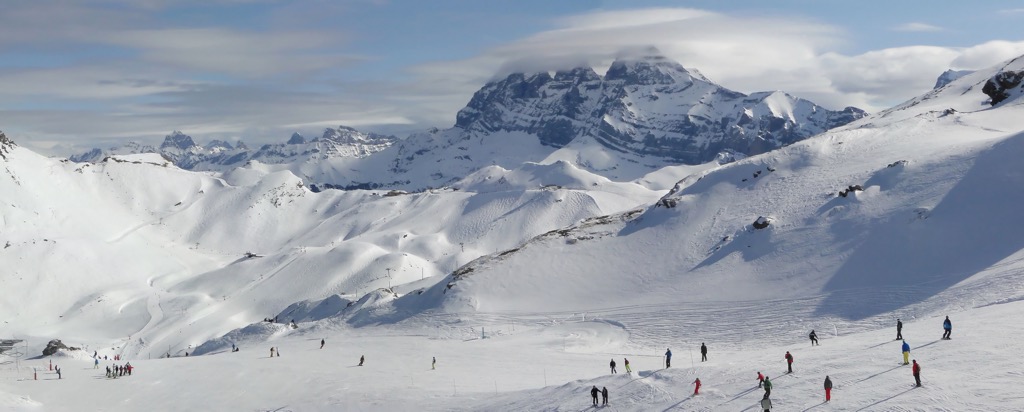
On the other end of the spectrum, the Chamonix Valley offers five ski areas and is legendary for providing access to off-piste skiers. The Aiguille du Midi is hands-down the most extreme ski lift in the world, and, at 3800 m (12,467 ft), one of the highest in Europe.
Due to its rugged topography, Haute-Savoie heavily relies on mountain passes for trade and economic activities. Several significant passes facilitate transportation and commerce. The Mont Blanc Tunnel (11.6 km / 7.2 miles) is the most famous, linking Chamonix to Courmayeur in the Aosta Valley and enabling fast trade and travel between the two regions.
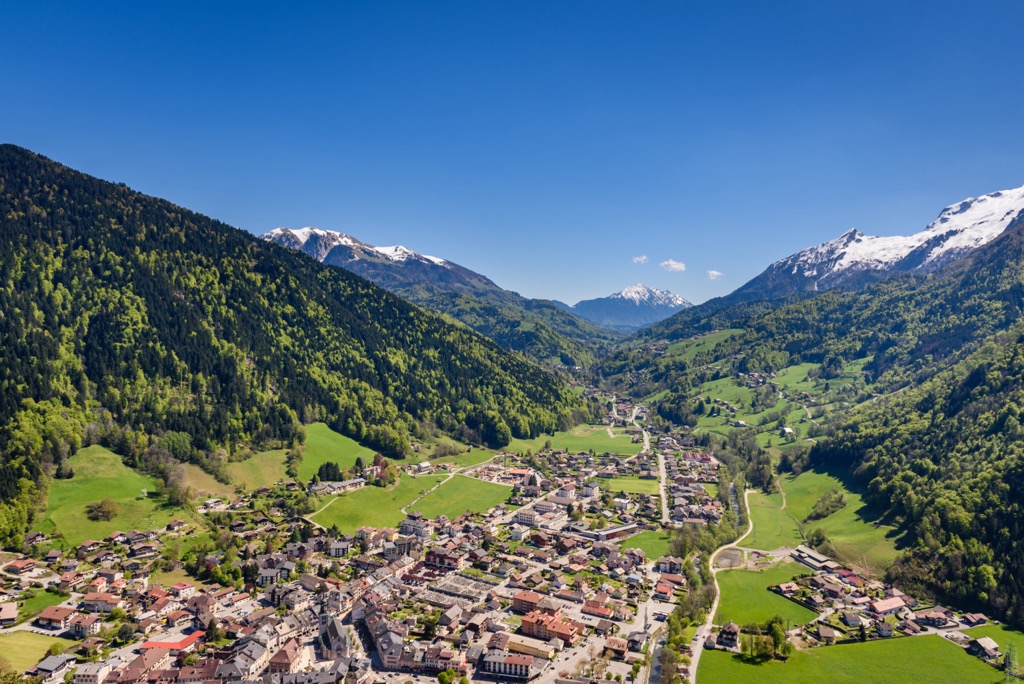
The Alpine Orogeny, which occurred between 64 and 2.5 million years ago, created the entire European Alps. The orogeny results from the African and Indian plates colliding with the Eurasian plate, forcing the crust upwards.
In many places, the orogeny is ongoing - namely, the Himalayas, because the Indian plate has only recently collided with Eurasia and continues to exert force on the crust. Even at a few tens of millions of years old, the Alps are still young, hence the towering, jagged peaks and low valleys. The mountains have not had time to erode, and the valleys have not filled with sediment.
A granite batholith and glacial processes are the most significant influences on Haute-Savoie’s local geology. The batholith developed hundreds of millions of years ago, but the more recent Alpine Orogeny provided enough thrust for the granite to break through the surface. It now forms the base of the department’s two largest massifs, the Aiguille Rouges and Mont Blanc.
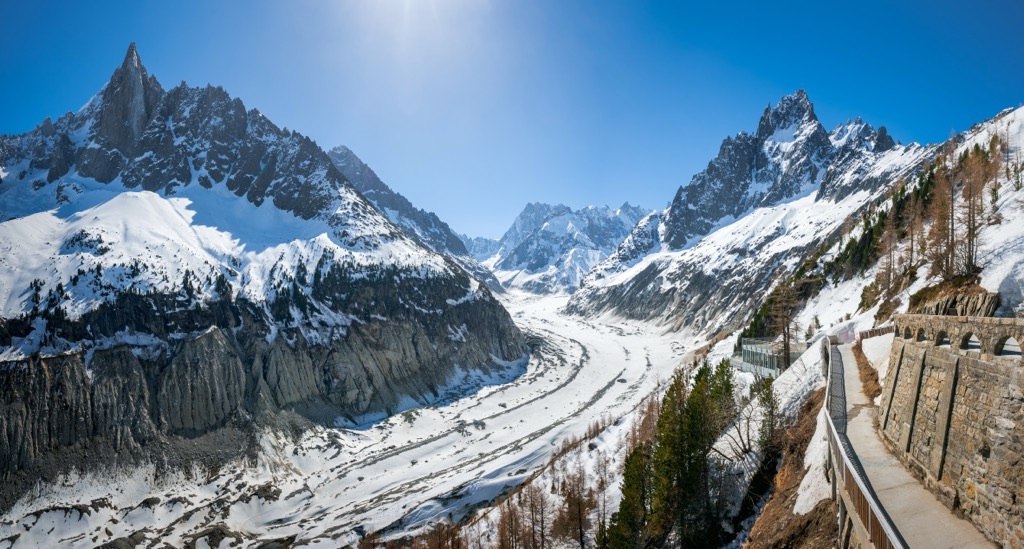
The orogeny was completed around Haute-Savoie about 15 million years ago. Some peaks still show an annual rise of up to 2.5 mm, though geologists speculate this is due to the rock rebounding from the weight of melted glaciers.
Since then, successive ice ages have been the primary geological driver of change. At times, an 1000m thick ice sheet has stretched from the Chamonix Valley to Lyon, hundreds of kilometers away. Other times, the highest summits have seen little to no ice.
Glaciers also contributed to the formation of the department’s two treasured lakes: Lac Leman and Lake Annecy.

Flora and fauna are consistent throughout the department’s mountainous regions.
Vast fir, spruce, and larch forests thrive below 2000 meters, with rock and ice fields above 2700 meters. Lower-elevation forests consist of deciduous tree species such as beech, alders, maples, birches, service trees, willows, and laburnums.
Of the thousands of plant species, the most famous include edelweiss, blue thistle, and génépi (used to make a hard liquor called a ‘digestif’). Wildflowers are rampant throughout the meadows, especially where livestock graze and fertilize the soil.

The forests and alpine meadows of the Haute-Savoie are enchanted. Here, you will find chamois, ibex, wolves, lynx, golden eagles, bearded vultures, tawny vultures, owls, rock ptarmigan, tetras, ermines, hares, foxes, squirrels, marmots, and many other animals. Black crows, a.k.a. Alpine Chough, soar amongst the rocky spires and peaks.
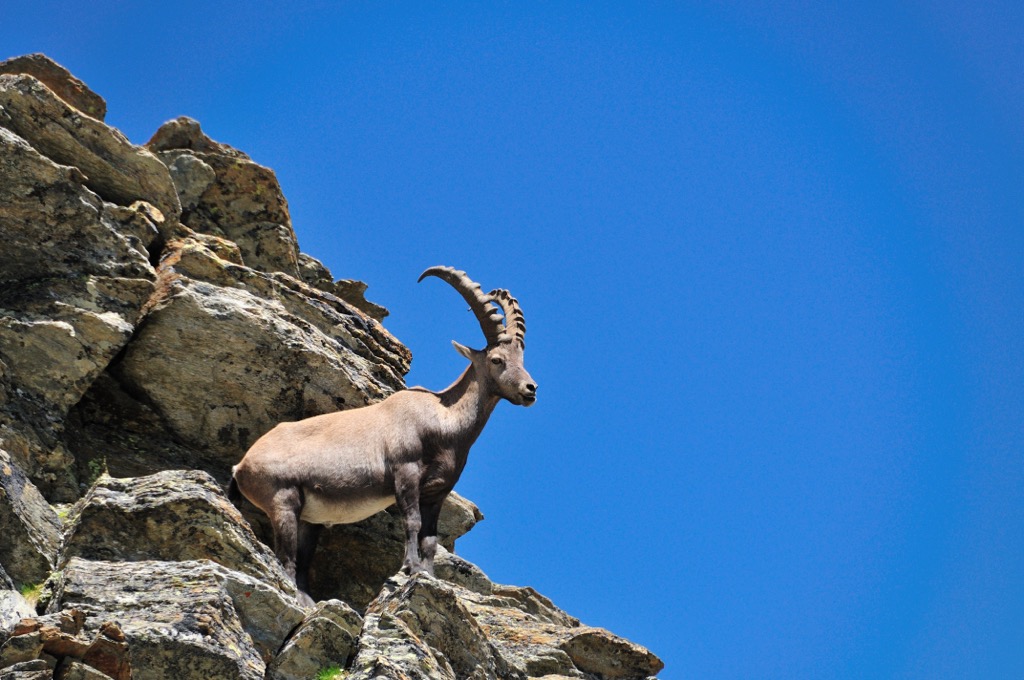
The lakes of Haute-Savoie are remarkably productive habitats for fish. Lac Leman, which has about 150 commercial fishing vessels, harvests almost 1000 tons of fish annually. Recreational fishing is also hugely popular in Lac Lemon and Lake Annecy. Perch, whitefish, pike, and trout are the most commonly caught species.
Considering the extent of the rugged, mountainous terrain, it’s not surprising that the wildest spaces are reserved for the alpine slopes. Across the department, the valleys are populated with small farms and bucolic villages but not with pockets of true wilderness.

Anatomically modern humans probably arrived in the region around 40,000 years ago. However, limited evidence of these early pioneers exists.
Celtic tribes, specifically the Gauls, occupied most of pre-Roman France. In the current Haute-Savoie region, the Romans subdued the Gauls by 125 B.C. After the fall of the Roman empire and throughout the Dark Ages, the Savoie passed through the hands of many rulers.
In the 14th century, the House of Savoy began a 500-year rule of the region stretching from the northern Italian plain to Geneva and south to Nice. It became known as the Duchy of Savoy for most of this time and was a formidable state.
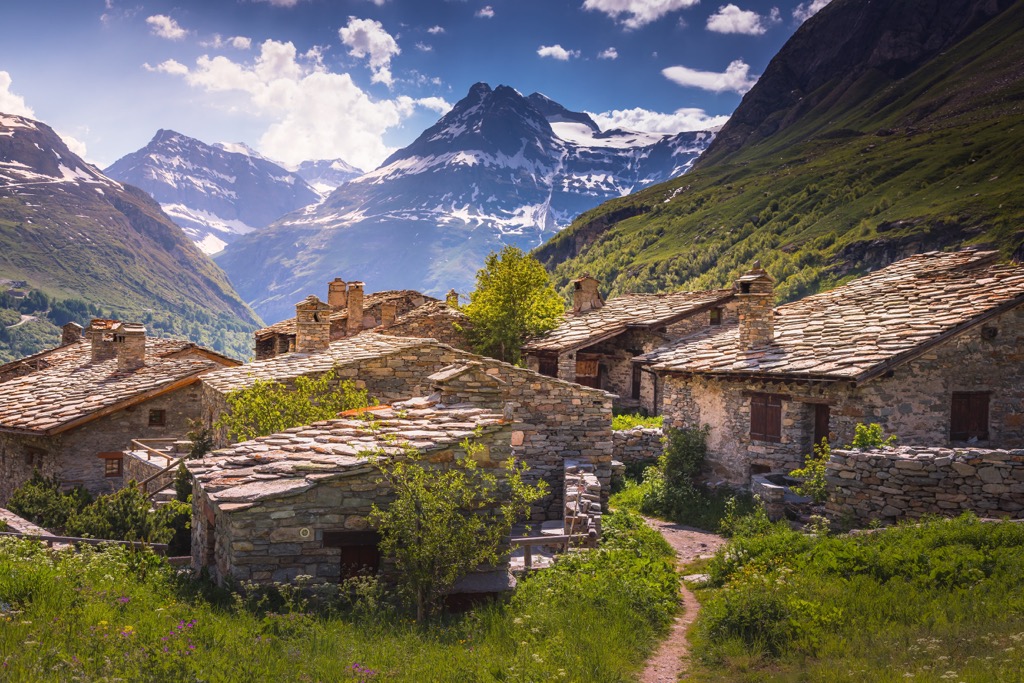
In 1563, the House of Savoy moved the capital from Chambery, their ancestral homeland, across the Alps to Turin. More importantly, the Alps proved too potent a geographical barrier for Italy - the region of Savoy west of the Alps increasingly identified with French culture. France invaded during the Revolution and formally annexed the state in 1860.
The Annexation resulted from political maneuvering on both sides of the Alps. Italy needed French support for unification in the face of the waning Holy Roman Empire. Recognizing their tenuous grip on the region of Savoy from across the towing alpine ridge, they offered it to France in exchange for support.
The inhabitants of the region were generally pleased by this arrangement. The Savoie has its own culture - known as ‘Savoyard,’ in French - but this culture is drastically more French than Italian. With the Annexation, France gained many peaks in their territory. Formerly, the tallest mountain in France was the Barre des Écrins (4,102 m / 13,458 ft), but it was now Mont Blanc. Dozens more peaks in the Mont Blanc Massif tower over the Barre des Écrins - it doesn’t even make the top 10 in France.

Meanwhile, the Savoie was quickly becoming the global center for mountaineering endeavors. In 1786, a duo of Chamonix locals - Jacques Balmat and Dr. Michel Paccard - became immortalized with their ascent of Mont Blanc. The Aiguille du Midi saw a first ascent in 1818, but climbers did not successfully summit any other major peaks until 1864.
The pursuit of glory in the mountains was becoming popular amongst the mostly-aristocratic leisure classes of Britain. Peasants, namely those from the alpine villages in the Chamonix Valley, served as guides to these ambitious foreigners. After all, they knew the mountains best. The Chamonix Guides Company was established in 1823, and the Alpine Club in 1857 in London.
Soon after, even the most unfathomable summits from earlier generations quickly fell. Years later, teams from Cham and the Haute-Savoie conquered 8,000-meter peaks in the Himalayas, like Annapurna. Nowadays, few summits remain unclimbed, and few objectives un-ticked. It all began in Chamonix.
Fittingly, Chamonix hosted the first Winter Olympics in 1924. ‘White Gold’ became an obsession amongst mountain communities across the Alps. Villages rushed to build ski lifts and capitalize on the winter tourism boom.
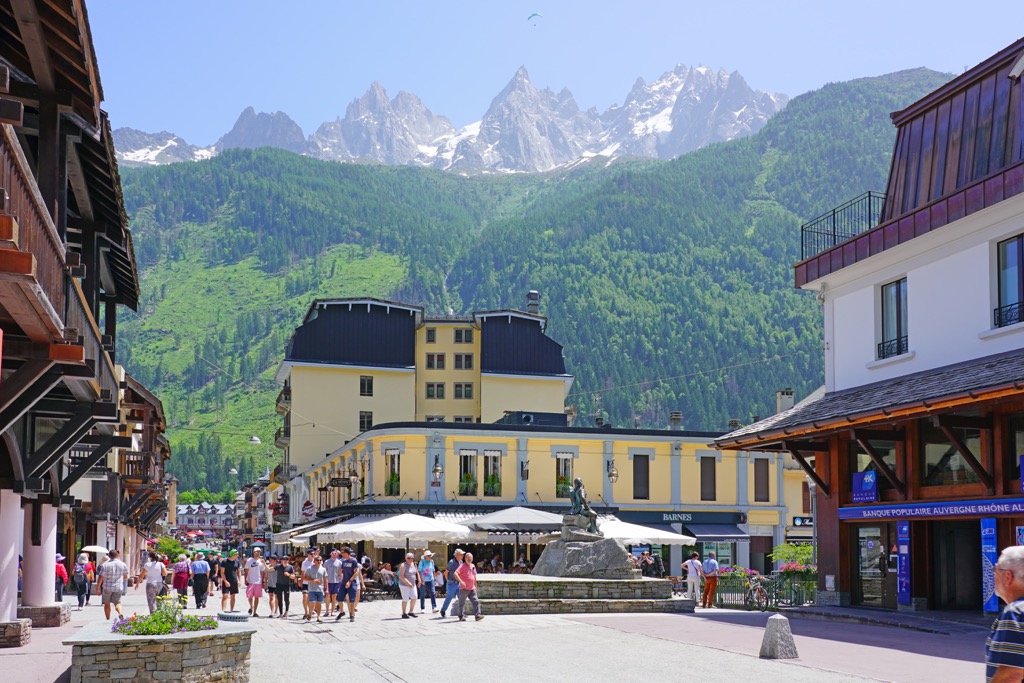
In the 60s and 70s, extreme skiing was born in the Chamonix Valley with legends such as Patrick Vallancant and Anselm Baud.
In the 21st century, Haute-Savoie is a bastion of natural beauty and pastoralism. Locals continue to farm the valleys, while tourists and second-home owners flock to the lakes and mountains during the high seasons. The department offers world-class options for the following hobbyists: skiers, climbers, road cyclists, mountain bikers, hikers, trail runners, fishermen, hunters, paragliders, speed flyers, and even wing-suiters.
The Haute-Savoie is home to some of the world’s best hikes. Even if you’re not an experienced hiker, you’ve probably heard of the Haute Route, which spans the alpine wonderland between Chamonix and Zermatt. Most mountain hikes are relatively strenuous because of the region’s massive vertical relief. However, there are flatter hikes around Annecy and other valleys.
Thousands of incredible hikes exist here, far too many to list in this guide. Fortunately, we have time to introduce you to a few of the region’s finest.
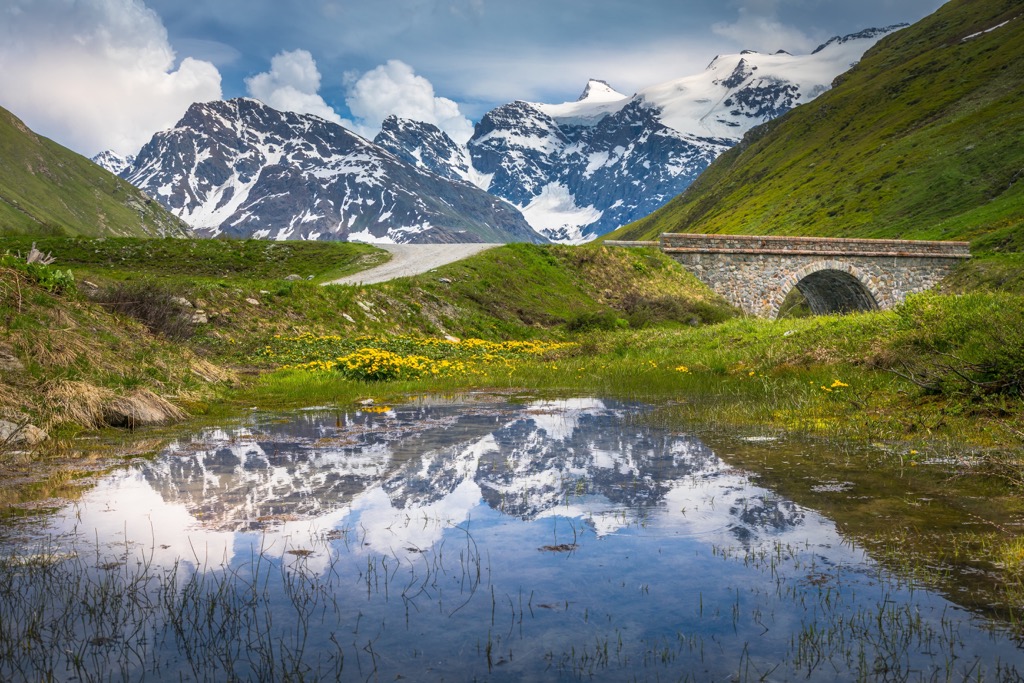
Starting in the village of Talloires near Annecy, this 4.2 km (2.5 mi) loop trail gains 325 m (1,100 ft) to the 60 m (200 ft) high Cascade d’Angon. The trail climbs a staircase built into the rock and goes behind the falls. Feel the cool spray on your face on a hot summer’s day, and gaze at Lake Annecy below.
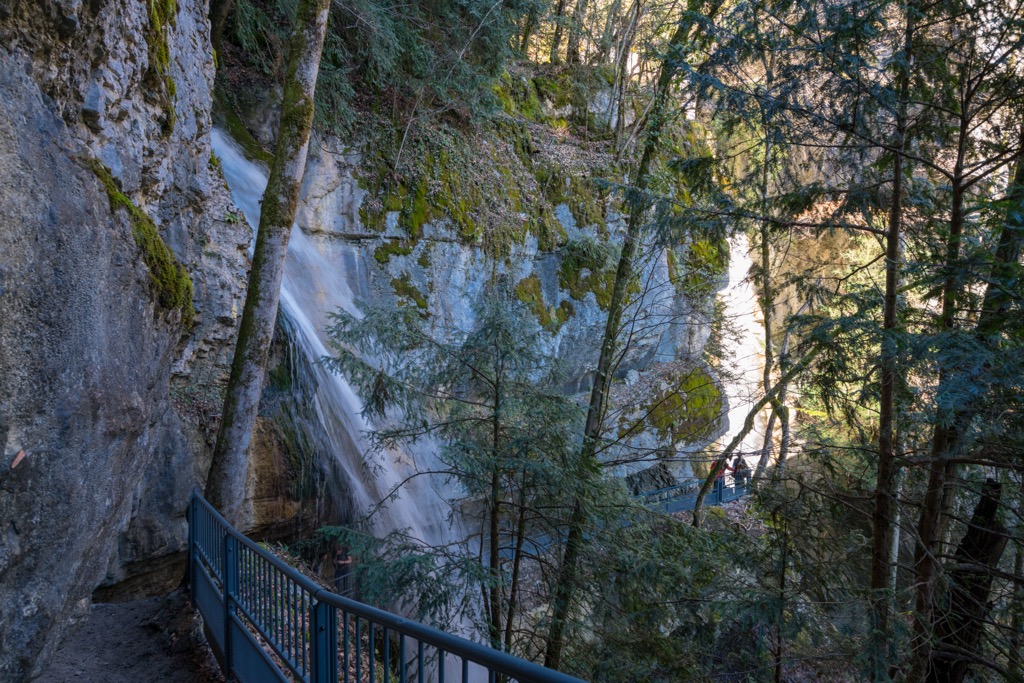
Most people who visit the Haute-Savoie make a stop in Chamonix. If you are physically fit enough, this is the classic day hike with incredible panoramas of the Valley and the mountains. Take the Aiguille du Midi lift to the mid-station and follow the signs for the Grand Balcon. The trail traverses to the Montenvers train station and the Mer de Glace glacier overlook; you can also start at the train and hike to the Aiguille.
One way, the hike is about 7 km (4 mi) with 400 m (1,320 ft) of elevation gain. The trail undulates up and down, with plenty of large boulders and scrambling sections. In typical Chamonix style, you shalt not pass without taking just a bit of risk. The trail is clear July - September, but any earlier or later, and you should bring crampons and boots.

This legendary point-to-point hike starts in the Haute-Savoie but is ultimately a multi-national adventure. The journey takes 10-12 days, although planning for a few days of inclement weather is essential. Most people make this trip with guided outfitters; no technical sections of trail exist, but guiding companies make reserving your refuge/mountain hut/hostel every night a bit easier and eliminate some of the dangers of the unknown.
The route is about 180 km (115 mi), with thousands of meters of vertical rise and descent. You do about 1000 m (3,300 ft) daily in the typical itinerary.
Naturally, you’ll need to research before embarking on this journey. Don’t just take my word for it; many great sources - like Kev Reynolds’ guide - will point you in the right direction to ensure the trip is memorable.

The Haute-Savoie is home to at least 38 ski resorts, which is remarkable for such a small area. Many of the resorts are close together and interlinked. I’ve included a brief introduction to the region’s two most important ski centers: Chamonix and Portes du Soleil.
The next time you go skiing - especially if you ski off-piste - you have Chamonix to thank. They hosted the Winter Olympics in 1924 and discovered the power of ‘white gold,’ the idea that skiing could rejuvenate these aging mountain villages throughout the country.
Chamonix Valley boasts five ski resorts. Les Houches, Le Tour, and Flégère are the go-to spots for beginners and intermediates. That’s a lot of skiing for beginners in a valley known for the sport's extreme fringe. It turns out that Cham is one of the best towns for beginners and intermediates, in my opinion. Le Flégère is south-facing and gets warm sun during February and March.
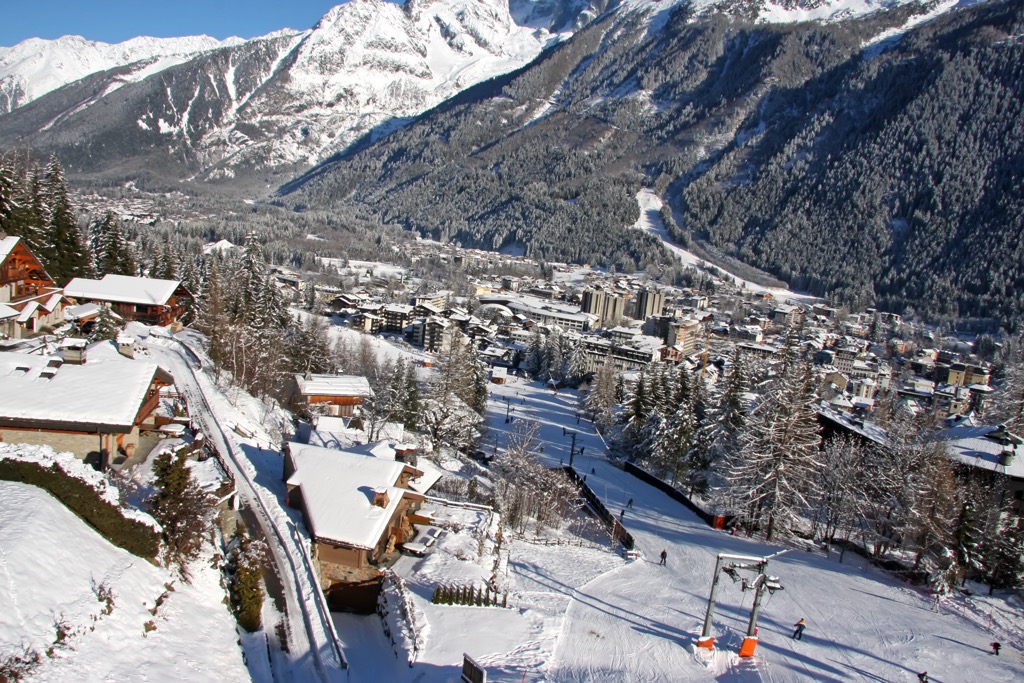
Brévent and Grands Montets offer some skiing for intermediates, but advanced skiers will enjoy these resorts more. Both resorts access incredible terrain beyond the ‘boundary’ - I use quotes because the areas here don’t have boundaries like resorts in North America do.
Lastly, the Aiguille du Midi accesses the most extreme lift-access terrain in the world, suitable only for the most daring and skilled skiers. Intermediates can also ski the Valley Blanche - the Mer du Glace glacier - which is a bit like a 20 km traverse. You’ll have to get a guide, though; there are some technical sections and risk of crevasse fall, even though the actual skiing is relatively easy.
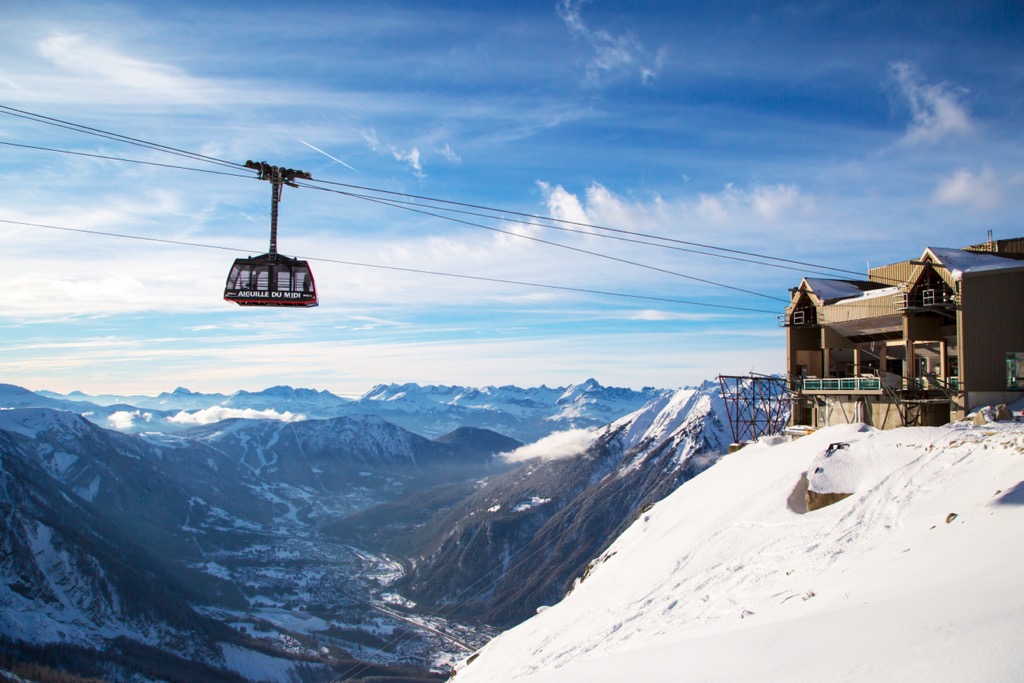
Flégère and Brévent are connected; otherwise, the resorts are separated, and you must take the bus (or train) between them. Don’t bother driving. The parking situation is miserable.
The name the ‘Doors of the Sun’ does little justice to the extent of this behemoth international ski area. The sheer numbers are truly remarkable. With a vast network of over 600km of ski trails, a staggering 196 ski lifts spanning ten resorts, an average winter snowfall of 8m, and an incredible longest run spanning 11km, Portes du Soleil is unmatched in the numbers department.
Restaurants and cafes dot the villages and hillsides, and you can choose from many different villages to base your stay. You could ski all day for weeks and not ski on the same slope.
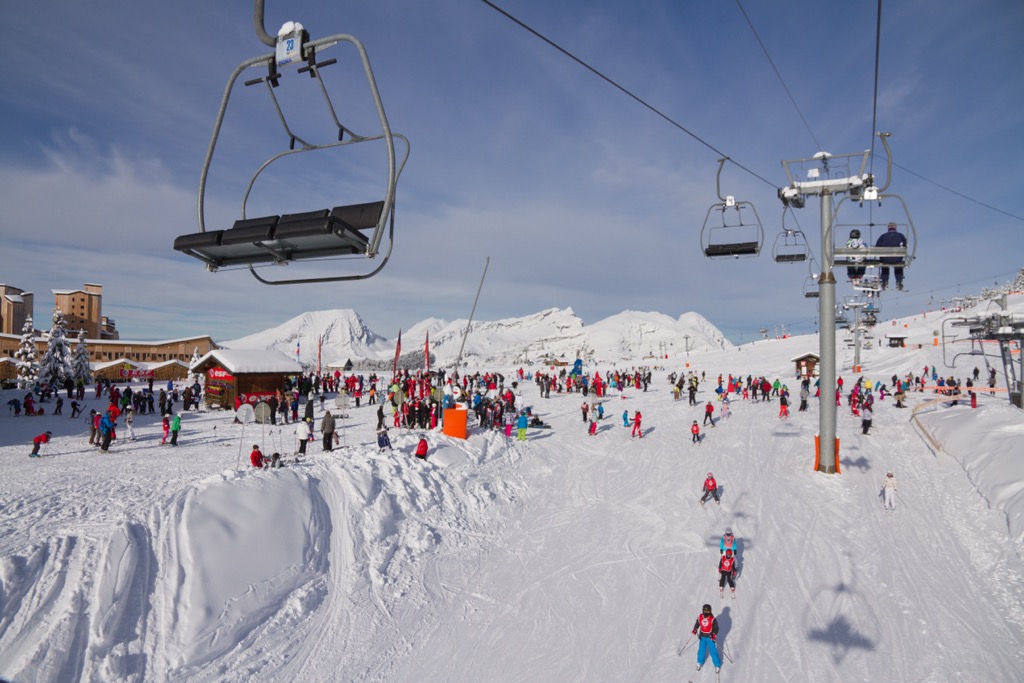
Unfortunately, you’ll be battling it out with the crowds during the French holiday (February) and maybe with the grass on the lower slopes as the climate heats up. The mountains here don’t reach that high, and the valleys are low. However, they are in a favorable snow zone, the first peaks to catch storms from the northwest (the most common storm track during the winter).
Portes du Soleil is also famous for its downhill mountain biking in the summer. Every year, Les Gets hosts the World Cup, and the best riders worldwide dream of coming here.
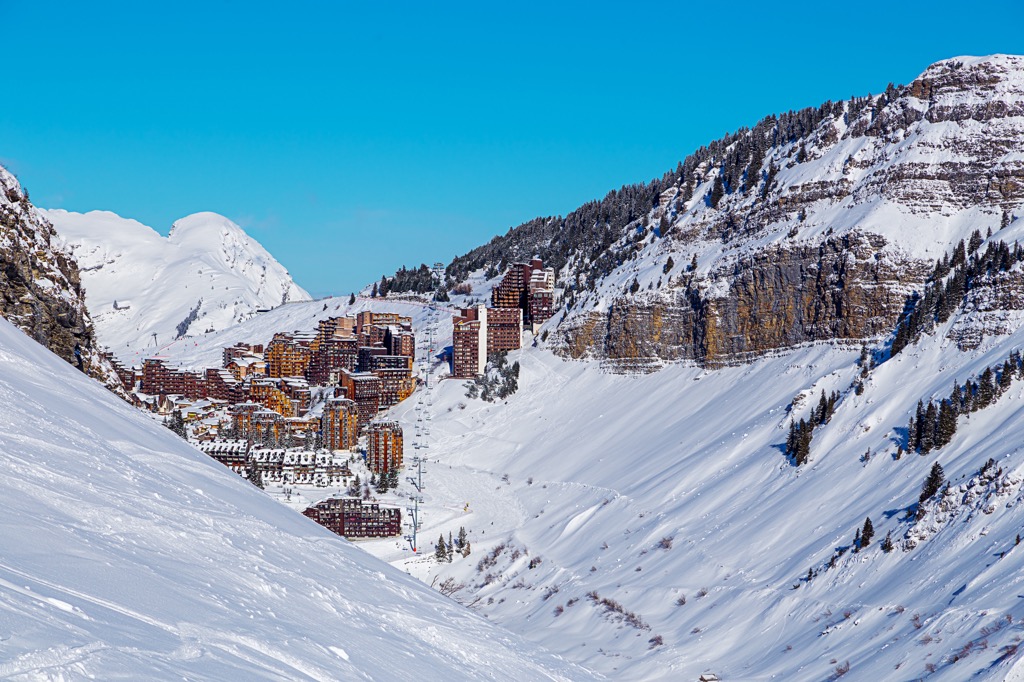
These are a few of the places that showcase the diversity of Haute-Savoie’s beauty. Just be aware: all these places are swarming with people from the second half of July to the end of August, and Cham is mobbed during February.
Annecy is a beautiful and vibrant destination that thrills sun seekers and winter sports lovers alike. Known as the “Venice of the Alps,” the Old Town is interlaced with ancient canals diverted from Lake Annecy. Visitors will discover a beautiful medley of medieval buildings, pastel-hued houses, stunning landscapes, and plenty of greenery in summer. In winter, the town offers access to some of the best skiing in the world. During fall, the changing of the leaves alongside the blue lake makes this one of the best fall destinations in France. The city’s trees herald each spring with blossoms, while the antique window boxes fill with flowers.
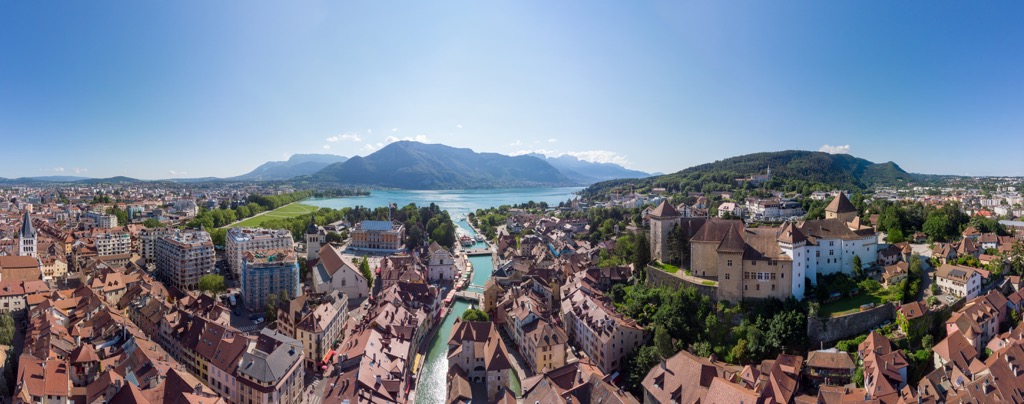
Undoubtedly, one of the most enjoyable activities in Annecy is to wander through the Old Town. Simply stroll without a specific destination in mind, and let Annecy gradually unveil its beauty and enchantment. If you want something more focused, you can rent bikes and ride around the lake - it takes a few hours on a towny-style bicycle. Road cyclists can shoot off in every which direction, but be aware of the big climbs.
Over the past five decades, conservation efforts mean that Lake Annecy boasts some of the purest lake water in Europe. Swimming here is excellent, with water temperatures reaching 25℃ (77℉) in July and August.
In my experience, Annecy can be a bit sleepy - there doesn’t seem to be much of a party scene here. But it’s a big city, so I’m sure there is nightlife somewhere if that’s your thing.
Chamonix is where it all started. Here is the original mountain town in all its glory. The valley comprises the town of Chamonix and several small villages with relatively little destructive development. The number of attractions and opportunities is endless, whether summer or winter.
Cham sees 2.5 million visitors annually, so you need to expect crowds. The town’s permanent population of 10,000 swells to 30,000 in the winter and 60,000 in the summer. When I visit Cham, I first think, “How am I going to avoid the crowds today?”
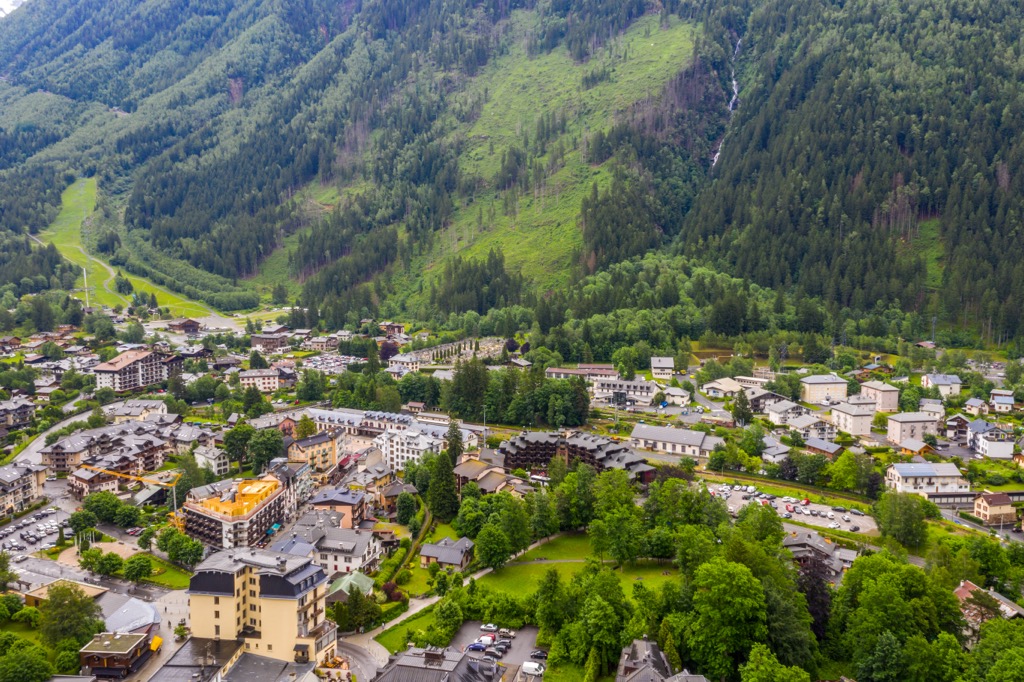
The answer to that question is the mountains. The Mont Blanc Massif and Aiguille Rouges are simply so massive that there are not enough fit people to fill their spaces. You’ve got the world’s best alpine climbing, extreme skiing, and trail running within the valley - these are incontrovertible facts, not opinions. The access, natural beauty, radical terrain, and extreme sports culture push this valley to the forefront.
You can also just relax at a cafe and stare up at the peaks, safe in the knowledge you will not be one of the hundreds of people to die up there every year.
The food scene in Cham is particularly good for a ski town. Many French restaurants showcase the Savoyard alpine fare, and you can even find international food, like Annapurna (Indian), in downtown Chamonix. La P'tite Verte - classic Savoyard - is the best restaurant in the Argentière village, and I tried them all (at least in 2015, and things don’t change too fast around here).
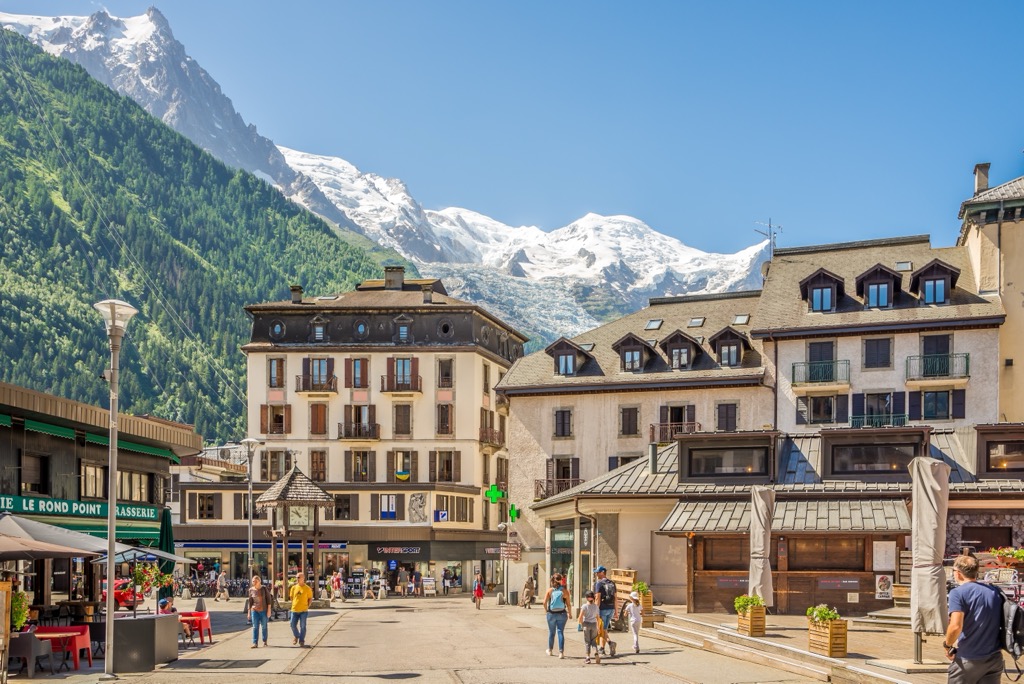
Renowned globally for Evian mineral water, the charming town of Évian-les-Bains has meticulously preserved its architectural gems, showcasing the timeless allure of the late 19th and early 20th centuries. The former Thermal Baths, the Buvette Cachat pavilion, the Casino, and other opulent hotels of the past are now tourist attractions.
The town hall in the exquisite Villa Lumière adds to the historical charm. Beyond its spa reputation, Évian-les-Bains is a destination for water sports and seaside relaxation, nestled on the shores of Lake Geneva. The town boasts a picturesque harbor, an inviting beach, and shores adorned with vibrant flowers.
Évian-les-Bains is on the upscale side. While you can find cheap accommodation in Annecy and Cham, don’t expect it here.
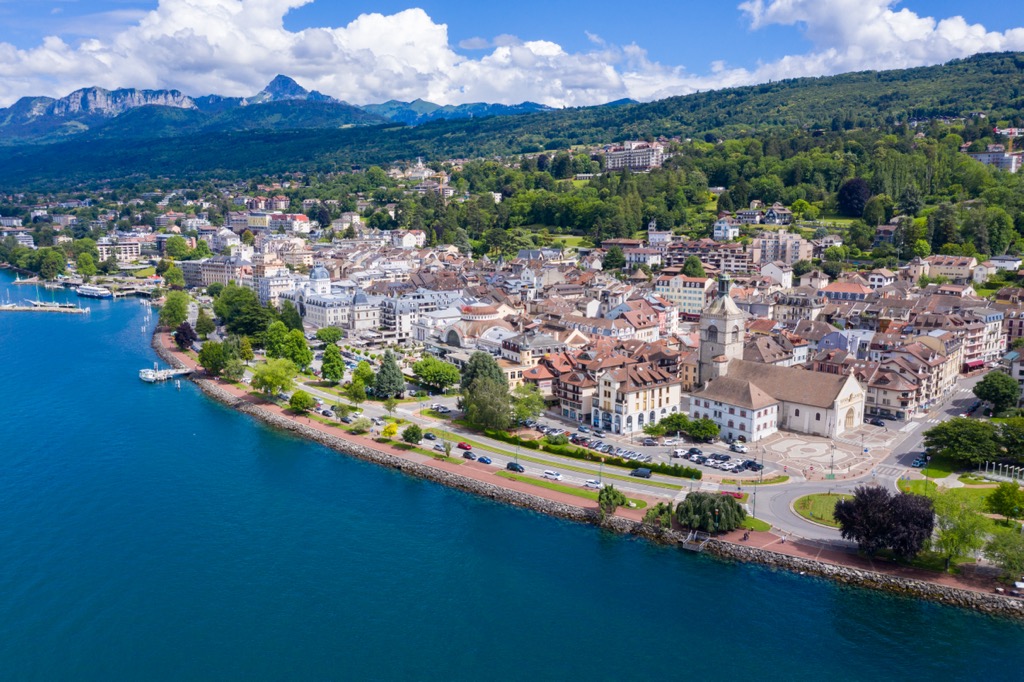
Explore Haute-Savoie with the PeakVisor 3D Map and identify its summits.








top10
ultra
glacier
europe-4500ers
alps-4000ers
italy-ultras
france-ultras
top10
ultra
glacier
europe-4500ers
alps-4000ers
italy-ultras
france-ultras
